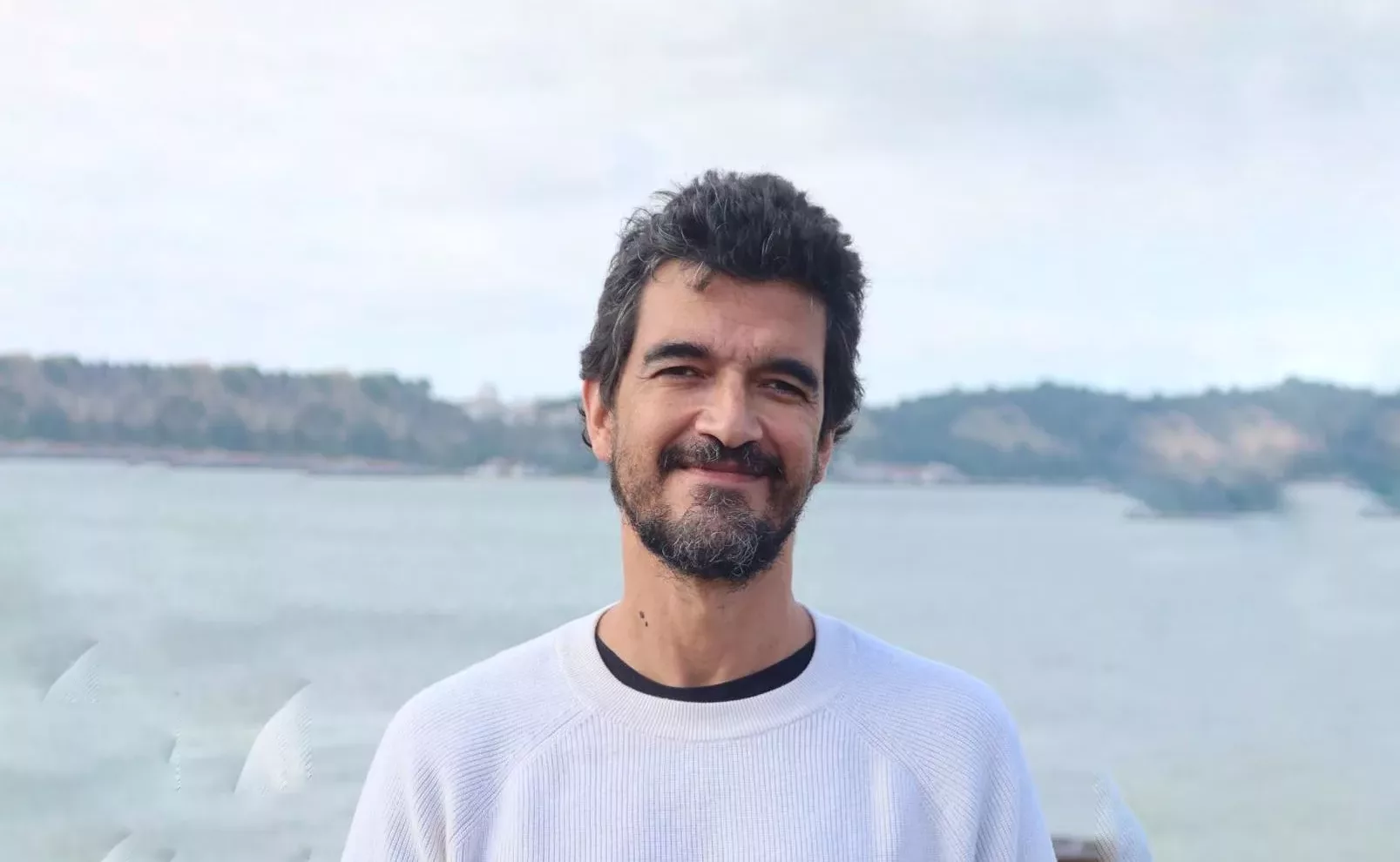João Silva, creative strategist at WhiteWay, participated in the “Como é que não me lembrei disto?” segment of the Meios & Publicidade magazine, where he revealed which campaign he wished he had conceived and highlighted the project of his own that left the greatest mark on him professionally.
Which campaign do you wish you had done?
I admit there are many. It’s something common in this industry, and I see it in a positive light—this good kind of envy where we recognize the value in each other’s work. In my case, when faced with this question, I remembered an old campaign by Fundación Ace, a Research Center on Alzheimer’s, under the slogan ‘Regala memoria’ (Give the gift of memory), which was continued in different forms in the following years. In the specific campaign I’m referring to, what caught my attention most was a video showing a woman approaching passersby on the street as if they knew each other. Faced with the visible confusion of the people approached, who don’t remember her, she hands them a small card with the phrase ‘This is how an Alzheimer’s patient feels.’ This video is already several years old, and today it would probably be done differently, as we now have a different critical lens. Still, I continue to see this as a very powerful idea. The awareness campaign for Alzheimer’s patients by Tiempo BBDO/Madrid for AFALcontigo is the one João Silva wishes he had done. The creative strategist at WhiteWay points to the work for Bial’s centenary as the one he most enjoyed doing.
What are the reasons behind this choice?
I would say there are two main fundamental reasons. The first is that all the value lies in the idea itself. It doesn’t need enormous gimmicks or spectacular images. It does require a good performance from the protagonist, but beyond that, it clearly demonstrates the strength of a good insight. The second reason relates to the fact that the dramatism of such a serious theme doesn’t always have to be explicit: by making those approached feel firsthand what a patient experiences in such a simple way, the story becomes implicit—we could be the ones living and telling it. In my opinion, this is what gives it particular impact.
What caught your attention the most?
The clear feeling that ‘it could be me.’ This is a campaign that effectively addresses one of the most common perceptions regarding this type of theme: ‘it only happens to others.’ Without requiring a dramatic narrative, this action takes place exactly where life happens—in the middle of the street—as an unexpected part of everyday life.
Did this campaign inspire you creatively? If so, how and in what ways?
It’s a campaign that reminds me that everything we do in communication, no matter the brand or sector, is for people. It reminds me that yes, we are consumers, we are professionals, we belong to targets and segments, we have identifiable behaviors, measurable actions, but above all and fundamentally, we are people. Because this campaign clearly and literally makes us experience that an Alzheimer’s patient is, above all, a person, and that we are all people. I believe it delivers that ‘gut punch’ of surprise, without us even realizing we are in a struggle. There’s no punch that has more impact than that.
What is the campaign you created that fulfilled you the most professionally? Why?
It’s difficult to identify just one because, fortunately, there are many. Any project where I feel I am helping the client discover the potential of their brand while contributing to the agency’s perception satisfies me. However, in line with the campaign I previously chose, I would like to highlight the work done for Bial’s centenary, in which we created the tagline, language, and overall graphic mood. Being part of the centenary of a Portuguese company with a great history of supporting society in the fight against mental illness was extremely rewarding.
How did you come up with this idea and move forward with its execution?
I believe that the Spanish campaign I mentioned also contributed to the inspiration because it reminded me that the right solution would be something that showcased the brand’s relevance in an everyday context. Thus, we created a language that would work in various scenarios and could impact different audiences in their daily lives. From there, it was about identifying the points where the parallels could be the strongest and creating simple and immediate messages that would facilitate people’s understanding of the idea.
What do you do when you don’t have any ideas?
Over time, I’ve learned that the most important thing is not to panic. This sometimes involves allowing myself approaches that relieve the pressure for a while: if I feel that I’m not finding the right answer, I spend a few minutes exploring wrong answers, for example. Or trying to rephrase the question in another way. This allows me to look at the challenge from a different perspective and uncover new paths that could contribute to the solution. ‘In case of doubt or persistent symptoms,’ nothing a few minutes of walking can’t solve.
Article originally published in Meios & Publicidade.
